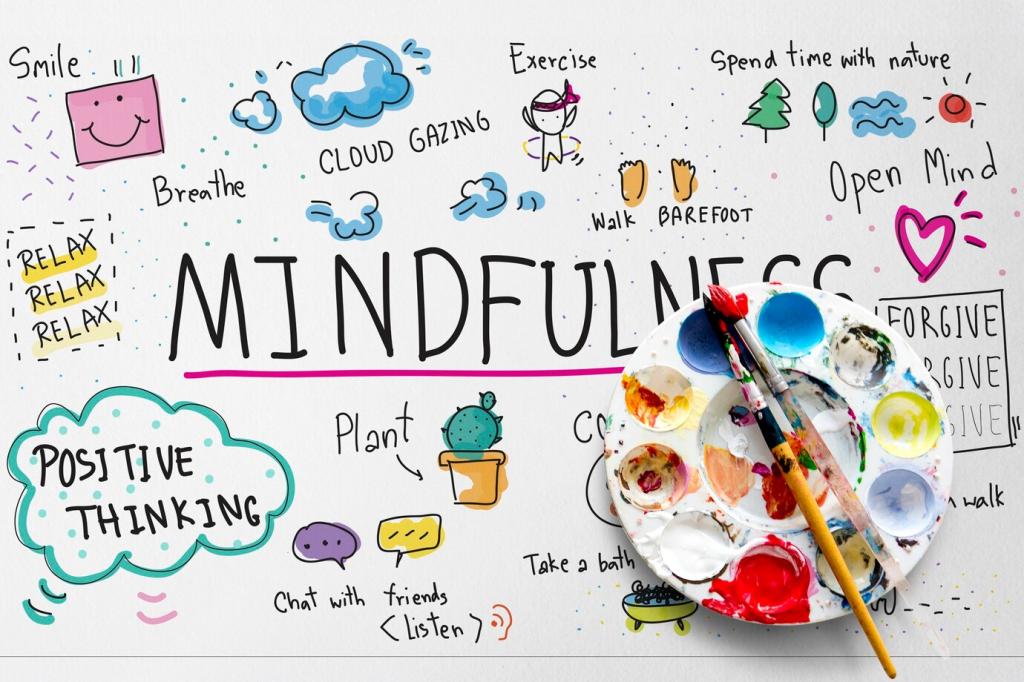Tracking, Reflection, and Course Correction
Track actions and feelings, not just numbers. Note sleep quality, mood trends, and meaningful moments. Ignore metrics that trigger obsession or comparison. If a measurement steals your joy or honesty, it is the wrong tool. Choose tracking that reveals patterns and invites curiosity instead of criticism.
Tracking, Reflection, and Course Correction
Pick a consistent review day. Ask: What worked? What drained me? What will I change? Light a candle, make tea, and keep it brief. Your personal wellbeing plan should evolve like a living document, adjusting to seasons, energy, and responsibilities. Gentle tweaks beat drastic overhauls every time.















